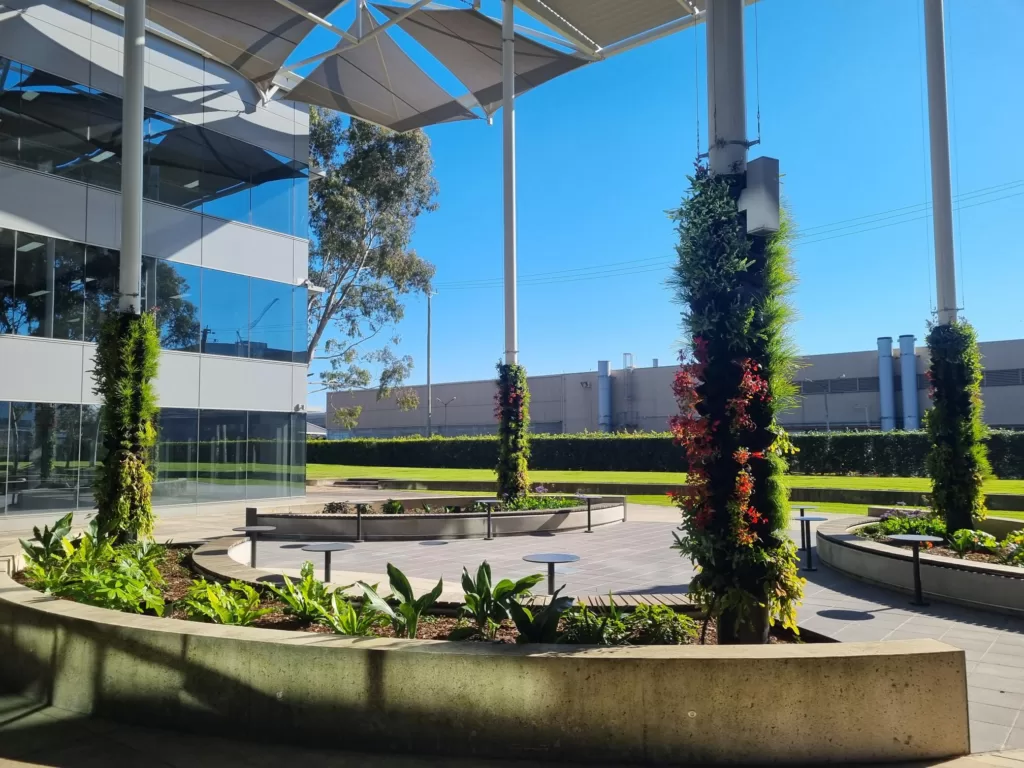Posted by Sally Cameron on Wed, Jan 20, 2016 @ 10:40 PM
Singapore Exceeds Greening Targets Two Decades ahead of Schedule
Singapore exceeds greening targets two decades ahead of schedule:
Urban greenery in the form of vertical gardens has been widely embraced in Singapore, with the city hitting its greening targets two decades ahead of schedule. Not ones to rest on their laurels, the Government has decided to raise the bar significantly.
As of last year, plants covering building exteriors totalled more than 61ha, an area the size of 195 school fields. This far exceeded the target of 50ha the government had hoped to hit by 2030. The new target is now 200ha of building greenery by the same deadline.
A spokesman from the National Parks Board (NParks) attributed the rapid increase of skyrise greenery to several programmes, including: the Urban Redevelopment Authority’s enhanced Landscaping for Urban Spaces and High-Rises (Lush) programme, and NParks’ Skyrise Greenery Incentive Scheme, which offers incentives and subsidies to encourage the installation of skyrise greenery.
The greenery targets were outlined in the Sustainable Singapore Blueprint – first in 2009 and again in the latest document released this year. Green roofs, vertical greenery, and gardens in the sky can reduce urban heat gain, which could translate into energy savings, said Mr Tan Seng Chai, group chief corporate officer of CapitaLand and chairman of the CapitaLand Sustainability Steering Committee.
“In land-scarce Singapore… more skyrise greenery can maximise the use of space to bring about many benefits,” said Mr Allen Ang, head of innovation and green building at property developer City Developments.
This new target of 200ha of building greenery by 2030 should lead to many innovative and exciting projects, so stay tuned.
photo credit . wiki






